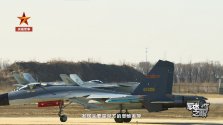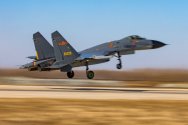Changing over primary load-bearing structure from metal to composite is not the kind of thing you undertake as a learning exercise though, that works only if you are already highly competent in this field. Again, a look at the wider Chinese aerospace industry doesn't suggest composites would've come into that category at the time in question (or even today, compared to Russia). Integrating parts into larger forgings sounds decidedly more plausible (but is beside the point), as discussed above.
That depends on the load bearing structure. It’s not like you’re going into a material swap blind. Just from your own structural testing you should have a good idea of what kinds and magnitudes of loads you should expect for each fitting and part and how reasonable it would be to swap materials, and which materials are appropriate to pair for the swap. This also btw applies to actual changes in shape. Most shape changes are not dramatic new geometries but additions or subtractions with well known and predictable effects on load distribution. It’s not just a dichotomy of skin vs structure. Real analysis goes into this stuff, and that can be done pretty straightforwardly. And that real analysis cannot be avoided because you *are* reverse engineering a whole production process so you need to do frame testing from scratch anyways just to make sure you’re reproducing comparable results from your reference copy. The shorthand you’re using undersells, imo, how much material swapping is possible.
Last edited:


